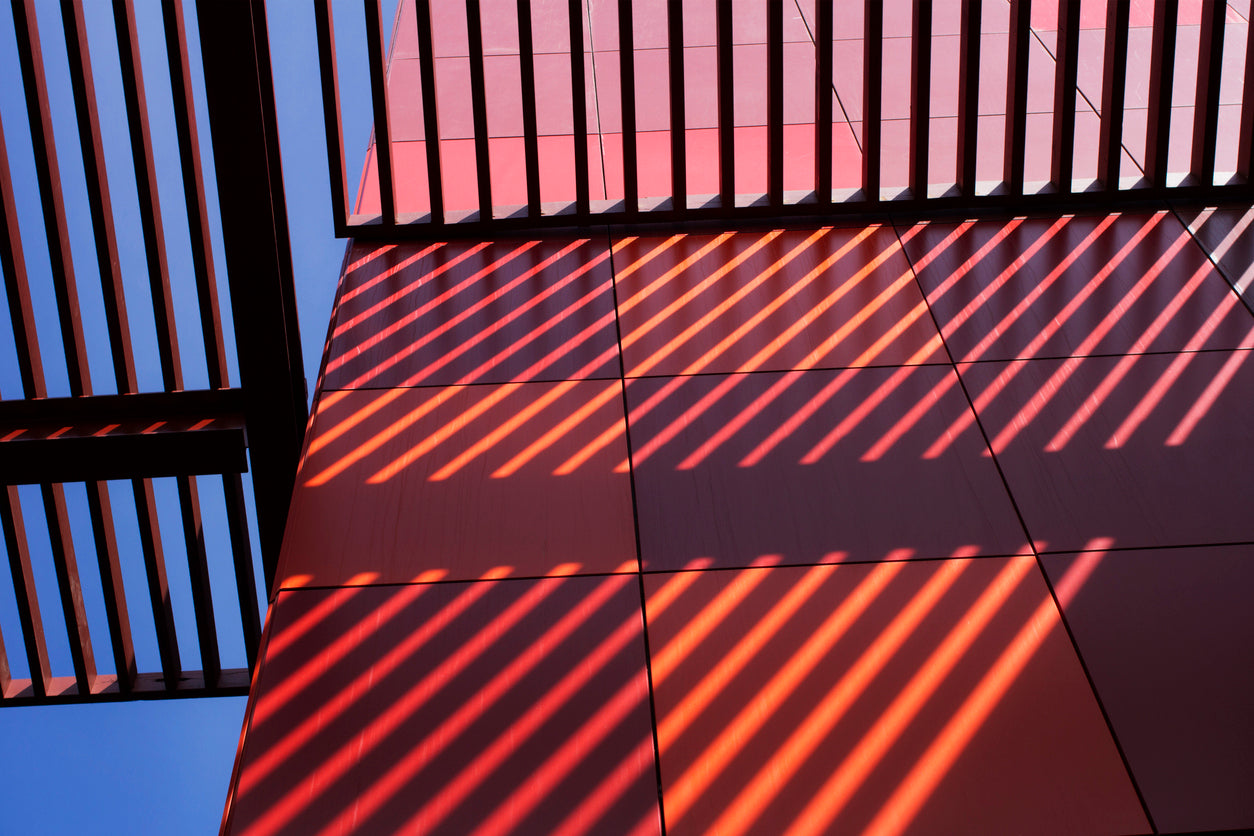In Japanese art, minimalism prevails, emphasizing simplicity, restraint, and the deliberate utilization of negative space. This aesthetic permeates various forms, including calligraphy, painting, architecture, and Zen gardens. Here, we present locations in West Japan where you can immerse yourself in the beauty of contemporary Japanese architecture. The approach of these captivating works is characterized by clean, straight, or organic lines, structural simplicity, and meticulous attention to detail.
Inspired to take a trip to Japan? We can make it happen.
Kyoto station, Kyoto

Kyoto Station stands as an architectural landmark and bustling hub, designed by Hiroshi Hara, welcoming visitors to the historic city of Kyoto. This expansive glass structure not only facilitates transportation but also offers a diverse range of amenities including shops, restaurants, hotels, and even a garden, making it a dynamic center within the city. Its modern design and versatile functionality symbolize Kyoto's blend of tradition and innovation.
Miho Museum, Kyoto

The Miho Museum, crafted by the legendary architect I. M. Pei (also known for making the iconic Louvre in Paris), seamlessly integrates with its natural surroundings, with a significant portion of its volume submerged underground to preserve the environment. As a testament to its commitment to sustainability, the museum hosts seasonal exhibitions featuring ancient artworks from civilizations around the world, offering visitors a unique cultural experience. Additionally, the museum's café and restaurant prioritize organic ingredients, reflecting its dedication to environmental stewardship and providing visitors with a healthy and artsy experience.
Umeda Sky Building, Osaka

The Umeda Sky Building comprises twin 40-story skyscrapers connected by the Floating Garden Observatory. The observatory, assembled at ground level before being lifted 173 meters high, offers panoramic views of Osaka. Visitors enjoy a unique journey via elevator to the thirty-fifth floor and a breathtaking 45-meter escalator ride that seems to hang midair. Catch a view of the highway running through the Gate Tower building, an architectural wonder in itself!
La Collina Omihachiman, Shiga

La Collina Omihachiman, envisioned by architectural historian Terunobu Fujimori, is a captivating fusion of Japanese and Western confectionery, café, and bakery. Inspired by the concept of harmony with nature, the main shop features a roof covered with grass. With its charming aesthetic and commitment to sustainability, La Collina Omihachiman offers visitors a delightful retreat where they can indulge in artisanal treats while immersing themselves in the beauty of nature.
Sagawa Art Museum, Shiga

The Sagawa Art Museum, located by Lake Biwa, celebrates Sagawa Express Co., Ltd.'s 40th anniversary. Its construction, inspired by traditional Japanese styles, integrates harmoniously with the surrounding landscape. Exhibiting works by renowned artists like Ikuo Hirayama and Kichizaemon Raku, the museum stands as a "floating museum" amid serene natural beauty.
Awaji Yumebutai, Hyogo

Awaji Yumebutai, nestled in northern Awaji Island, is a captivating blend of architecture and nature, again showcasing another work of renowned architect Ando Tadao. Featuring a resort hotel, conference center, wedding chapel, and botanical museum, it's known for its geometric designs and natural beauty. Highlights include the Hyakudanen, or "hundred stepped gardens," a series of flower beds arranged over multiple levels, creating a unique park-like setting.
Hyogo Prefectural Museum of Art, Hyogo

The Hyogo Prefectural Museum of Art is a modern marvel designed by architect Ando Tadao. Constructed after the 1995 Great Hanshin Earthquake, it's renowned for its sleek exterior spiral stairwell and showcases modern and contemporary art along the waterfront.
Takahama Cafe, Tottori

Overlooking sand dunes and ocean vistas, the Tottori Takahama Café by Kengo Kuma and Associates combines cross-laminated timber and concrete in a unique staircase-like structure. A wooden framed structure shades the rooftop, offering panoramic views. With its textured exterior, the café seamlessly integrates into the surrounding landscape.
Dazaifu Starbucks, Fukuoka

Starbucks Dazaifu Tenmangu Omotesando Store in Fukuoka showcases traditional Japanese woodwork with a modern twist, featuring kigumi, a traditional method using interlocking wood pieces instead of nails. Designed by architect Kengo Kuma, the store embodies a fusion of traditional and modern aesthetics, with naturally-constructed beams creating a contemporary ambiance.
| While research was done by us, drafting of the descriptions was crafted with assistance from GPT-3, OpenAI's large-scale language-generation model. While GPT-3 generated draft language, we reviewed, edited, and revised the content to align to our preferences and take responsibility for the content. |

